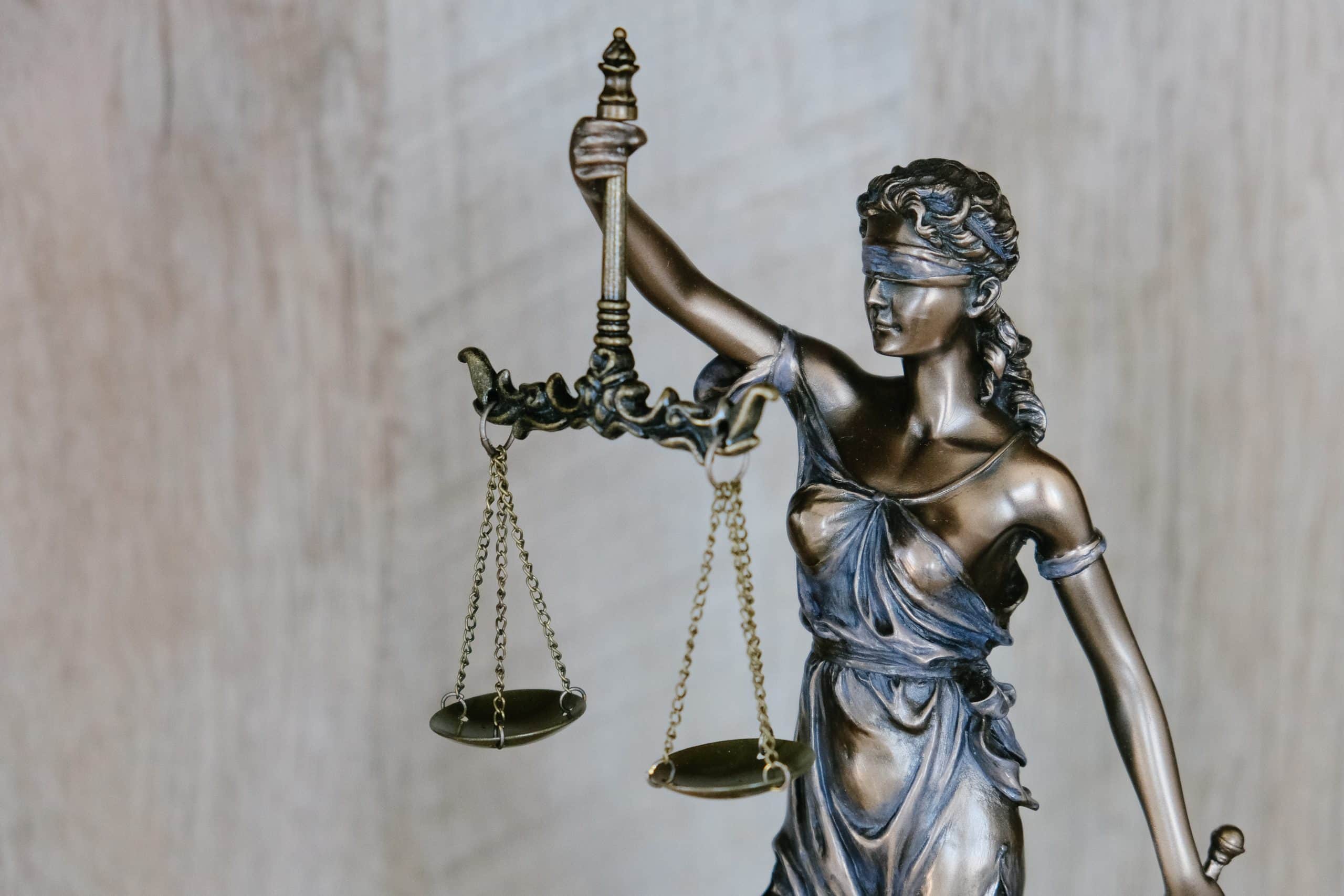FTX’s newly appointed CEO, John Ray III, called the crypto exchange’s collapse the worst of his career – and Ray oversaw the bankruptcy of U.S. energy giant Enron in the early 2000s.
“Never in my career have I seen such a complete failure of corporate controls and such a complete absence of trustworthy financial information as occurred here,” Ray, appointed to oversee FTX’s bankruptcy proceedings, wrote in a court declaration filed on Nov. 17.
While the declaration provided some information about the balance sheets of FTX and Alameda, Ray cast doubt over the numbers because they were produced at a time when Sam Bankman-Fried (SBF) “controlled” the debtors.
Indeed, the report says that SBF and CTO Gary Wang had complete control over FTX’s digital assets. The executives used a group email account to share private keys and sensitive information – a security practice Ray called “unacceptable.”
Ray’s declaration also said the exchange did not control its cash and did not maintain a list of its bank accounts.
Nor did FTX record a headcount of employees, or the agreements under which they were hired. According to the declaration, employees submitted expense reimbursements over a chat, in which a manager would accept or reject them with an emoji.
The early-stage investigation aligns with allegations that have spread since FTX’s collapse. Ray mentioned the use of “software to conceal the misuse of customer funds,” which may refer to the ‘backdoor’ that Reuters reported SBF used to move money around without alerting internal compliance checks.
Furthermore, the declaration confirms suspicions that FTX excluded Alameda from its auto-liquidation protocol.
The filing highlighted that SBF, who “continues to make erratic and misleading public statements,” no longer speaks for the company.
Even though Ray put together his declaration in under a week, he is one of the most trusted experts in the field, and the declaration carries a penalty of perjury. That depicts an unsettling future for SBF.



